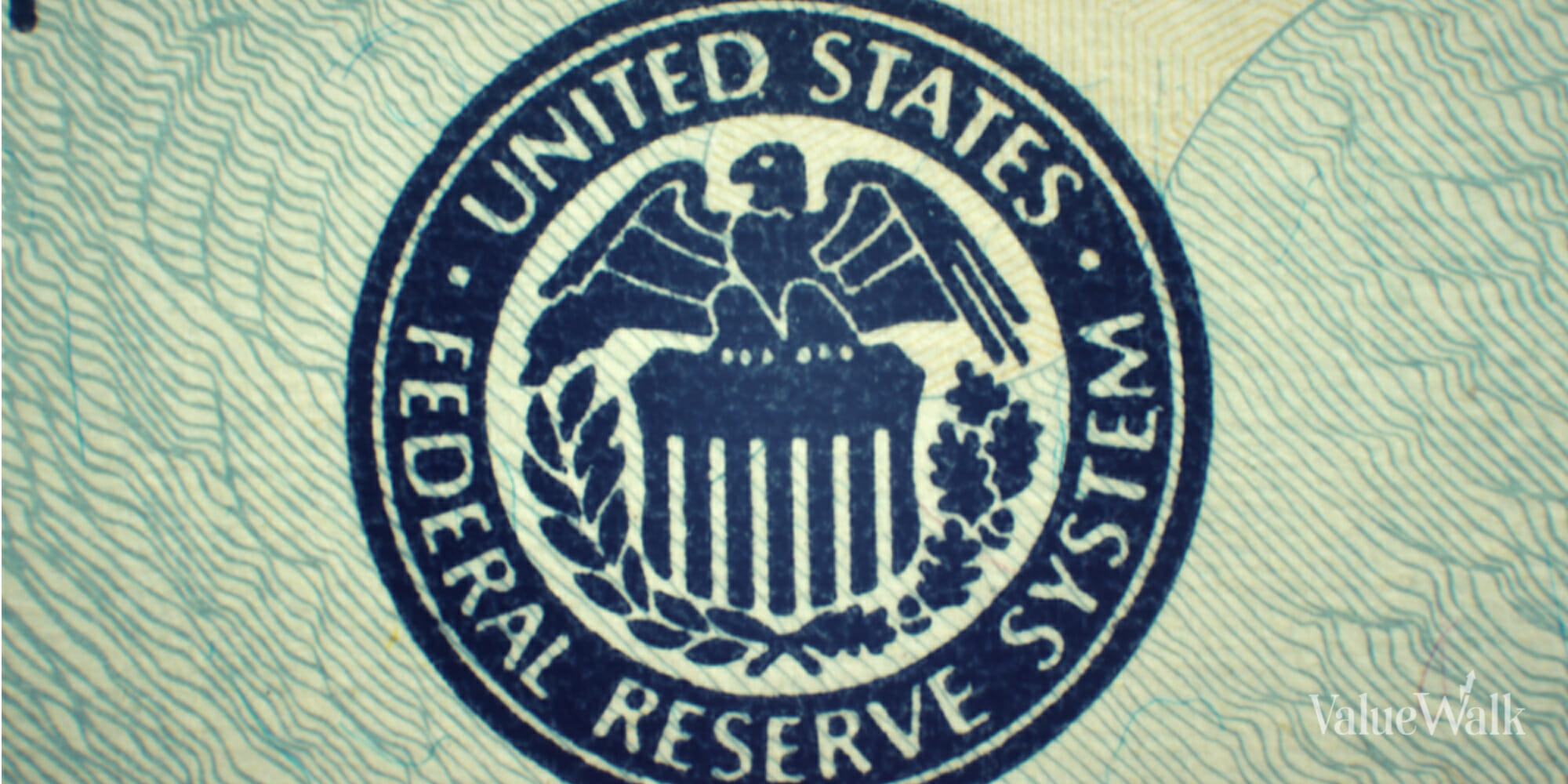The market is so efficient and forward-looking now, it seems that thinking one or two steps ahead isn’t enough anymore. Everyone wants to be the first to anticipate what they think will happen in 2024, even if there’s no clear assurance that it actually will come to pass.
This is what happens when legions of retail investors have easy access to stock trading on their smartphones and when institutional investors use algorithms to place trades in the blink of an eye. Markets can become distorted and dislocated, and the market construes the Federal Reserve’s nebulous messages as entirely bullish or bearish, irrespective of what was actually said.
Santa came early this year
The so-called “Santa Claus rally” in large-cap stocks is supposed to happen around Christmastime, based on the perceived seasonal tendency of fund managers to push up stock prices. The idea, which may or may not actually be true, is that these fund managers are essentially conspiring to inflate asset prices in order to eke out better year-end results as window dressing for their clients.
However, just as holiday sales typically start before the holidays, the Santa Claus rally is evidently taking place in the beginning of November instead of the end of December this year.
Yardeni Research economist Ed Yardeni provided a plausible explanation, stating, “Halloween is over… [I]t is conceivable here that the Santa Claus rally has already started, simply because pessimism was so thick in September and October.”
That may be true, but what prompted the pessimism? The simplest answer is the market’s fears that the Fed would start hiking interest rates again. After all, this isn’t 1981, when the public could tolerate 15% interest rates and a quick but probably necessary recession in order to kill inflation once and for all.
Oh, how the times have changed. In today’s society, no one is willing to just tear off the Band-Aid. Thus, Fed Chairman Jerome Powell is forced to tread carefully, speak imprecisely and leave few clues as to the future trajectory of interest rates.
Of course, this won’t stop the ultra-efficient market from indulging its confirmation bias and pricing in months’ or even a full year’s worth of prognostications. Everybody and his uncle has a unique interpretation of the Fed’s stance, be it dovish or hawkish. Yet, hardly anyone wants to address the question: What did Powell actually say?
When half-baked assumptions are baked into the pie
After scouring Powell’s remarks at the most recent Federal Open Market Committee (FOMC) meeting, I only identified a couple of phrases that might be construed as dovish. The first was Powell’s statement that he was considering “how long policy will remain restrictive.”
It requires some mental gymnastics to see how this would hint at imminent interest rate cuts. Evidently, market participants decided that Powell’s phrase implies an end to restrictive policy — something the Fed chairman hasn’t strongly hinted at in recent FOMC meetings.
The second pertinent comment from Powell was this: “Slowing down is giving us, I think, a better sense of how much more we need to do, if we need to do more.”
Bullish stock traders got really excited at the phrase “if we need to do more.” This doesn’t suggest imminent interest rate cuts, but at least it teases the possibility of an end to the hiking cycle.
Traders and commentators jumped on those phrases like a child with muddy boots on a clean carpet. Mad Money host Jim Cramer proudly declared that the Fed “sounded a lot less eager to tighten than they did last meeting.”
In a similarly optimistic vein, Moody’s Analytics Chief Economist Mark Zandi determined that “the most likely scenario is that we are done” with rate hikes.
That’s a hasty assumption, but the stock market isn’t waiting for Christmas to open its gifts. All of the major stock market indexes rallied sharply on the day of Powell’s remarks — and then zoomed higher again on the following day.
Now comes the hard part
In the wake of short-term traders leapfrogging each other to bid up stock prices, now it’s a question of whether the market’s baked-in assumptions will actually come to pass. Fortunately, there’s some breathing room since it will take at least a few more FOMC meetings to know whether interest rate cuts are actually in the cards.
If if those hopes are dashed, the market might find different excuses to buy stocks like there’s no tomorrow. Still, the risk-to-reward balance seems out of whack when current asset prices rely on assumptions. Thus, investors should feel free to adjust their position sizing and diversify their portfolios, as markets that are high on efficiency are often low on rationality.





